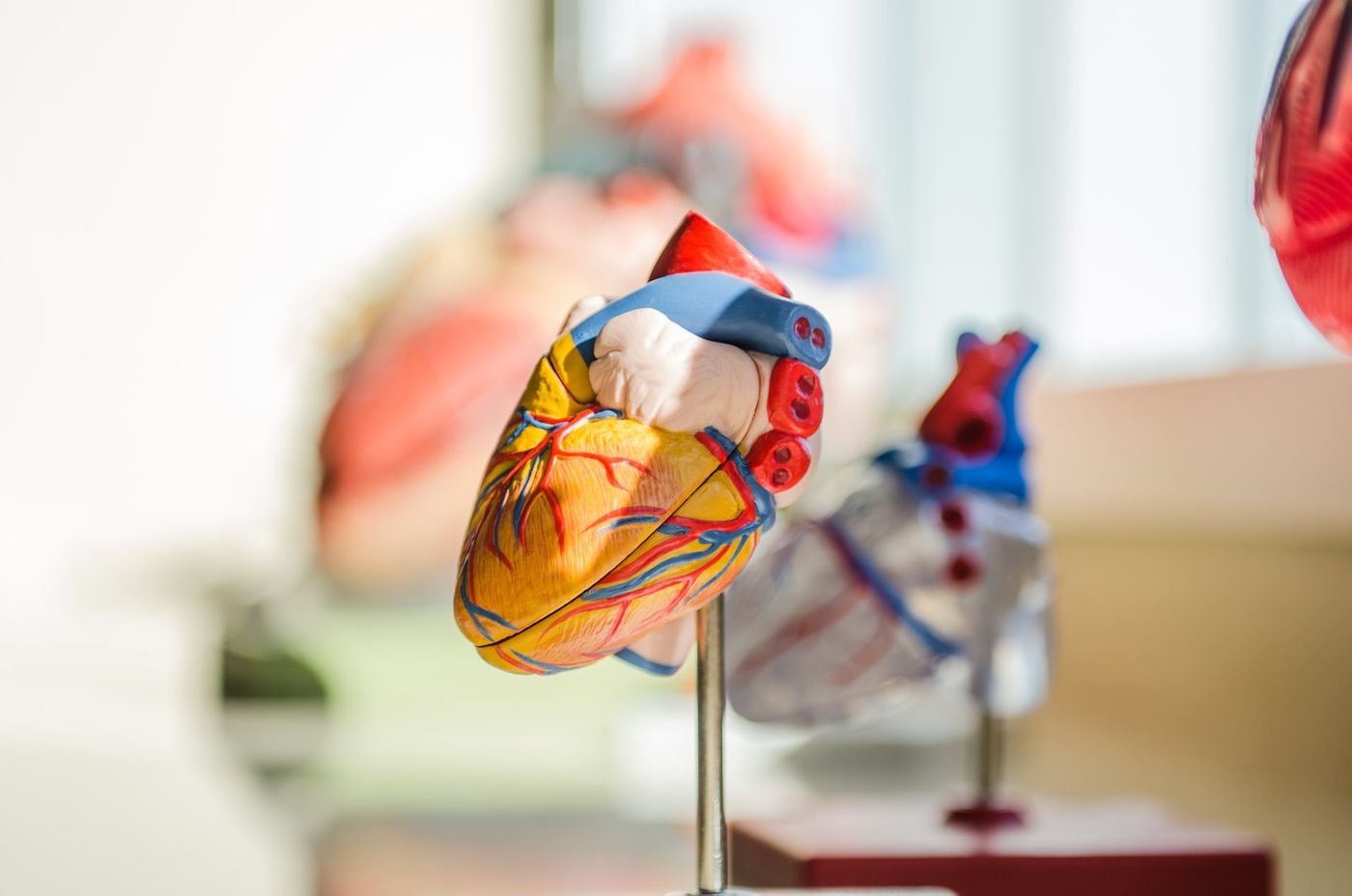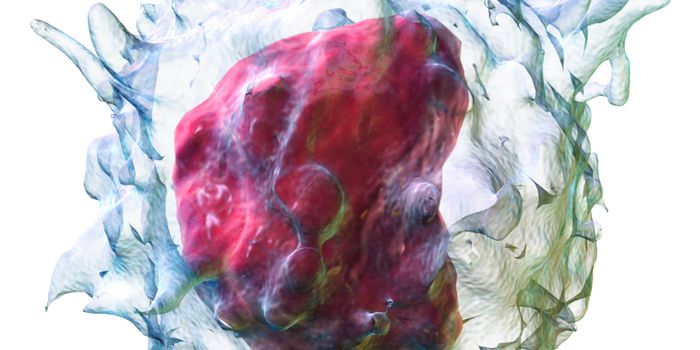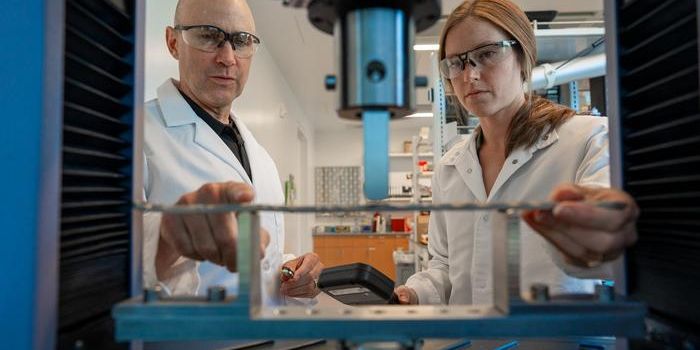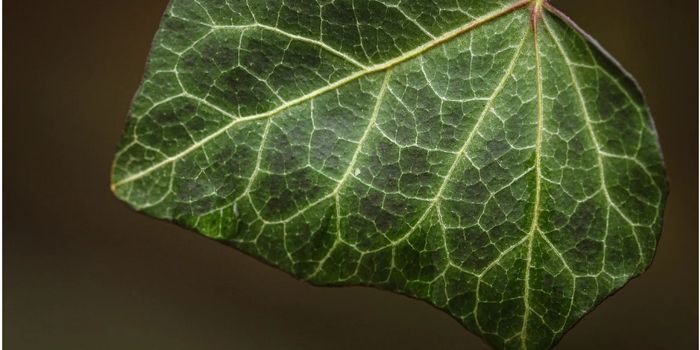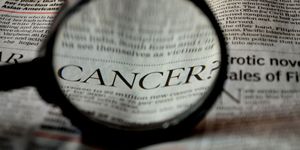The Heartbreaking Nature of COVID Revealed
Researchers at the Washington University School of Medicine are getting to the root of heart damage resulting from COVID-19 infections. The new study, the first of its kind, shows how the SARS-CoV-2 virus infects heart muscle cells directly, causing heart failure in a subpopulation of COVID-19 patients.
“Early on in the pandemic, we had evidence that this coronavirus can cause heart failure or cardiac injury in generally healthy people, which was alarming to the cardiology community,” explained senior author of the study, Kory J. Lavine.
However, until now, whether the damage to cardiac tissues was a result of direct infection to the heart or a secondary effect of a hyperinflammatory response was still a matter of debate in the scientific community.
Using a tissue-engineered experimental model of human heart tissue, Lavine and colleagues sought to answer this question definitively. They found that the virus affected the heart in two distinct ways: it killed muscle cells directly, while simultaneously affecting the muscle fibers that contract the heart to pump blood around the body. The team also found that these effects were independent of inflammation levels.
“Inflammation can be a second hit on top of [the] damage caused by the virus, but the inflammation itself is not the initial cause of the heart injury,” shared Lavine.
Lavine added that COVID is unique among viral infections as it triggers a different immune response in the heart.
“In general, the immune cells seen responding to other viruses tend to be associated with a relatively short disease that resolves with supportive care,” said Lavine. “But the immune cells we see in COVID-19 heart patients tend to be associated with a chronic condition that can have long-term consequences. These are associations, so we will need more research to understand what is happening.”
The team plans to follow this work with additional studies looking at COVID-related heart damage in an animal model of heart injury.
Sources: JACC: Basic to Translational Science, Washington University in St. Louis.
